How to Start Container Forming Simulation
The prediction of the thickness distribution of any desired glass container by computer simulation is of great demand in the glass container industry as production trials can be reduced significantly. For optimal using the simulation tools should be integrated within the production workflow and it has been shown that companies need to introduce the software in 3 steps: proof-of-concept phase, pilot phase and production phase.
Nogrid provides forming simulation software developed especially for the container and tableware glass industry. Nogrid software computes glass forming processes in 2-D (axis-symmetric), 3-D-part (cut 3-D model) and full 3D and allows simulating all kinds of glass forming processes, amongst others for container and tableware glass:
- BB (Blow and Blow)
- PB (Press and Blow or Wide Mouth PB)
- NNPB (Narrow Neck Press and Blow)
- PB (tableware)
Nogrid pointsBlow solves the complete Navier-Stokes equations (continuity equation, velocity equations and energy equation) within the fluid. The glass viscosity depends on temperature. The User can add new glass compounds and set all material properties individually.

Figure 1: Steps during Blow and Blow (BB) process
The initial gob geometry is variable and the complete gob loading process is included within the simulation. If required a funnel can be added. In case of PB or NNPB the plug movement is controlled by a time-position curve or by force. Figure 1 shows schematically the process steps that occur during the BB process. The User can set the IS machine data easily within the GUI for all wall types and all thermal conditions as well.
The container geometry is created in a CAD (Computer-Aided Design) system. The market for CAD software is huge and in most cases CAD vendors use their own format for saving and interchanging the data. Providing and maintaining all these formats turns out to be profitable, but fortunately all CAD packages support the well-known STEP format to exchange the data between different CAD systems. The Nogrid software can import the STEP file including all face names. This is very important, because in that case the Nogrid software can connect all faces with the corresponding initial, boundary and move conditions and run the simulation without any additional user interaction.
If the User decided to investigate a modified geometry only the geometry has to be replaced. All other input data can be reused. Once the 3-D CAD geometry is imported the User can simply select the geometrical dimension of the model. That means the User is able to run the simulation in 2-D (axis-symmetric), 3-D part or full 3-D without changing the CAD geometry or modifiying the simulation conditions.
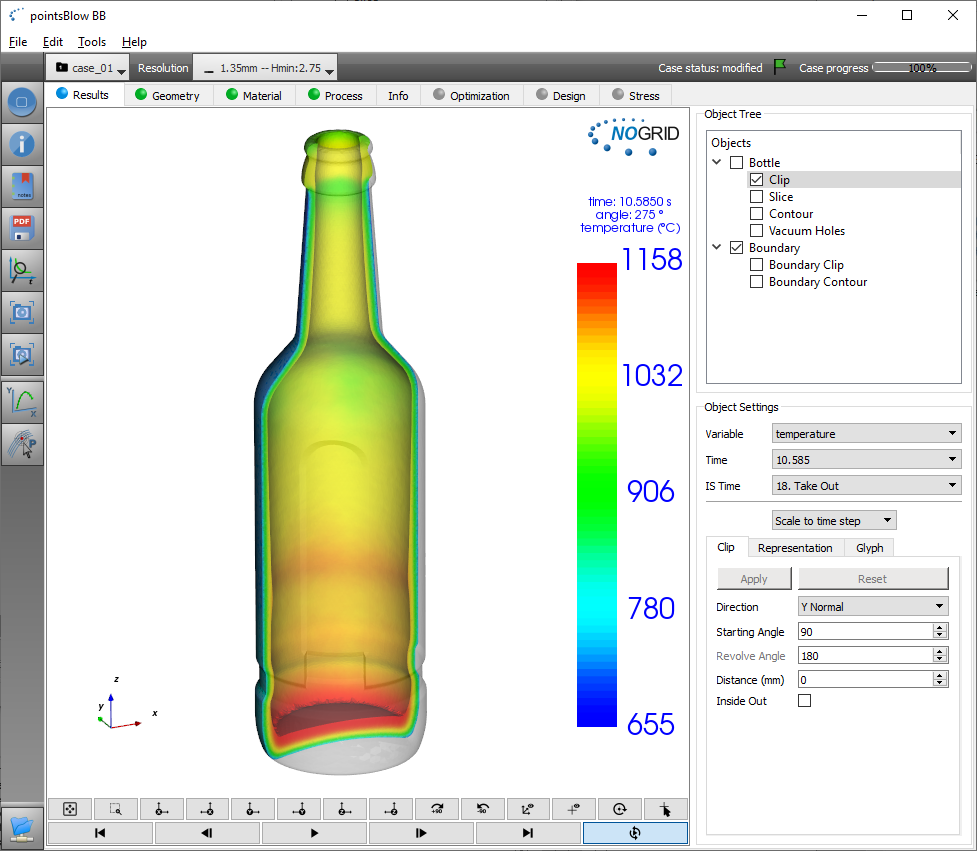
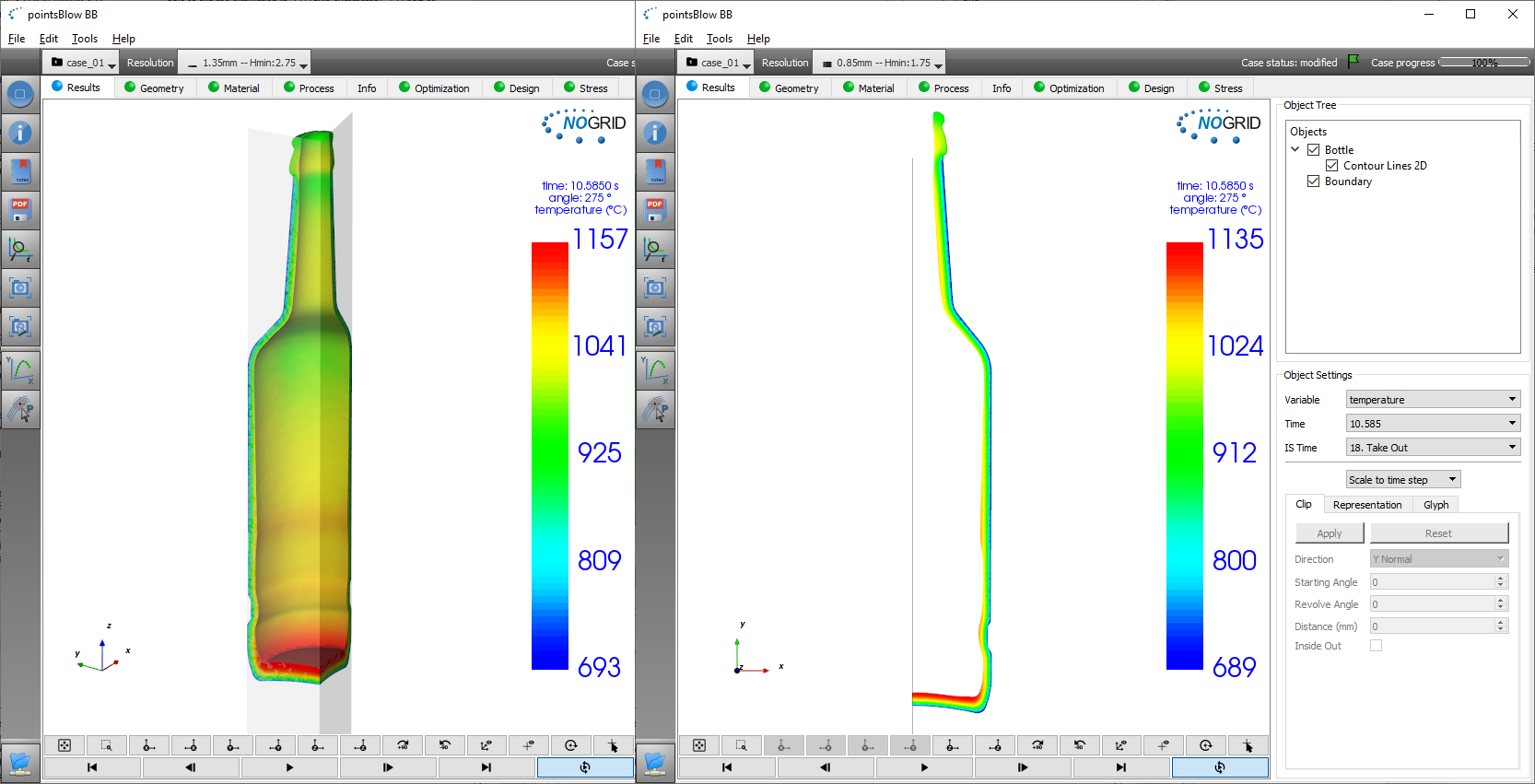
Figure 2: Results 3-D, 3-D-clip and 2-D (axis-symmetric)
As one can imagine the shape of the bottle can be each real 3-D shape. Also bottles with a handle can be computed. Thus there are no limits regarding bottle design and the User can test and evaluate a certain container without restrictions.
How to introduce and use the simulation software?
As glass container makers know, a lot of parameters and conditions influence the final thickness distribution of a container. For example if the glass viscosity is not known exactly, the results of the simulation can vary a lot.
The same is valid for the initial gob temperature. From practical point of view it is not possible to measure the temperature of the gob completely. Companies are trying to measure the gob temperature in large research projects (sometimes in cooperation with other companies, because of the development of measurement techniques). But the temperature fluctuating is still about 50 °C. For simulation we need +-5 °C.
Furthermore the influence of the type of and the amount of swabbing compounds used on friction and heat flux is huge and measuring the data is practically not possible. For all these reasons the engineer has to make assumptions for the simulation and prove and adapt the simulation results by experiment.
To introduce the simulation software within a company usually 3 steps are required:
- Proof-of-concept phase
- Pilot phase
- Production phase
One of the ways to do a proof-of-concept is to select a sufficient number of well known containers as benchmark and compute these containers with the new simulation tool. The number of containers to be investigated in this phase depends on the branche, but should not be lower than 5. Due to the complex shapes in the parfume branche certainly more tests are required. This first phase will use the simulation tool on a small scale, with sufficient time to explore different ways in which it can be used. Objectives should be set for this proof-of-concept phase in order to accomplish what is needed within the current organizational context.
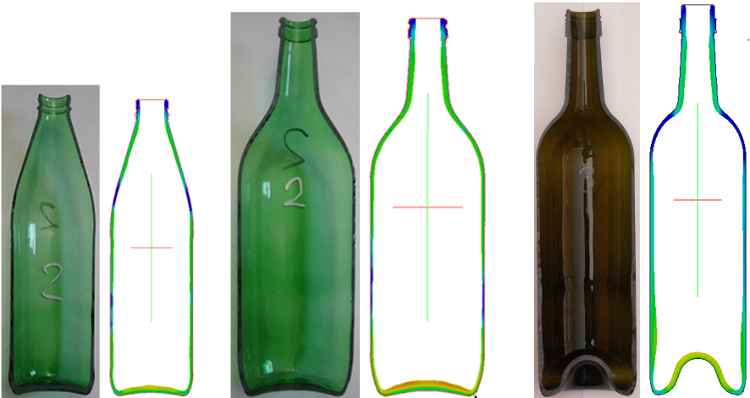
Figure 3: Phase 2: Most unknowns are estimated
In the second phase, the pilot phase, one or more qualified designers/engineers start to evaluate the simulation software in the inhouse production environment. A typical workflow is shown in Figure 4. The simulation starts after the first trial and the Users try to find best agreement between experiment and simulation:
- Manufacture the molds for the new container
- Perform a production trial
- Compute the container by adapting the properties and the conditions until you reach best agreement between simulation and reality
After step 3 the User can start to change the blank mold design and prove it by simulation. If a good shape is found the real blank mold can be modified.
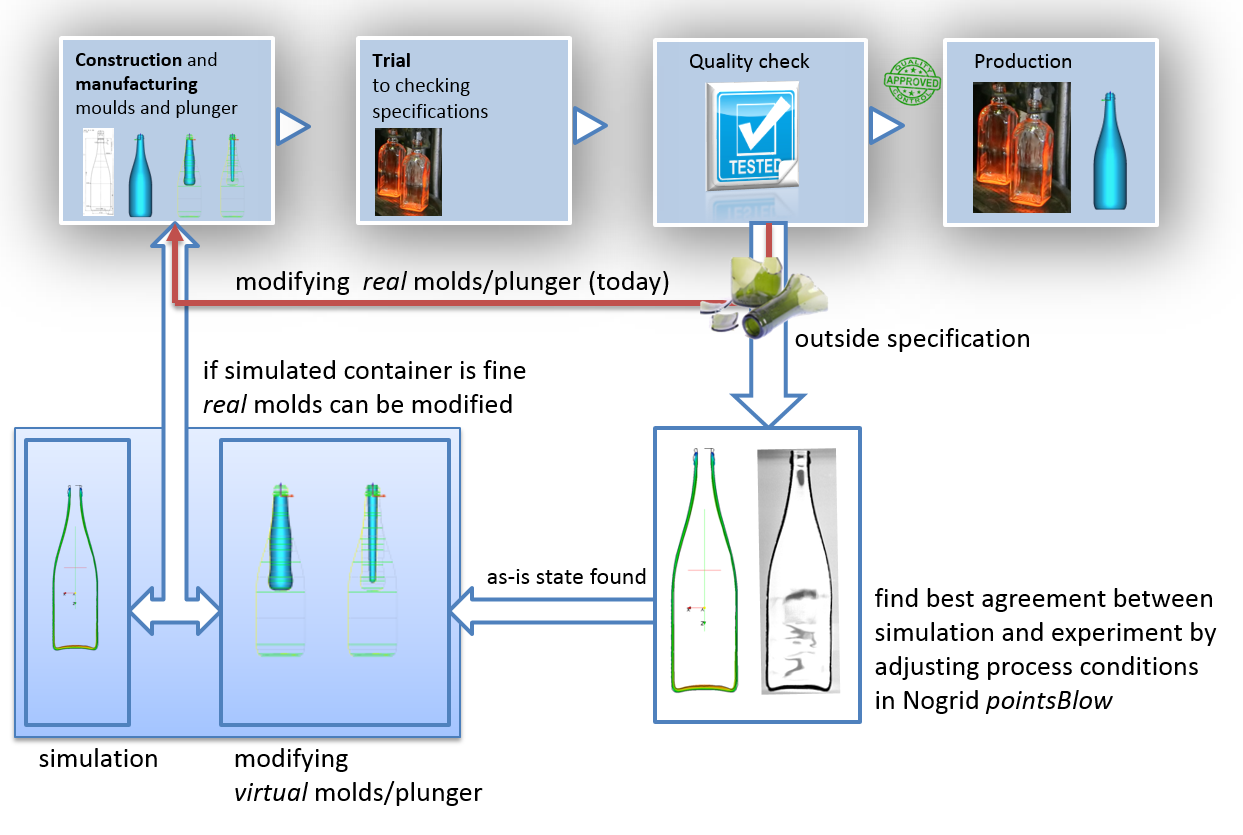
Figure 4: Workflow during the software pilot phase
Most unknown conditions and properties are found in this pilot phase. Furthermore a pilot phase is expected to have issues or problems – they should be solved in ways that can be used by everyone later on. The pilot project should experiment with all kinds of different containers produced at different locations in order to include all possible conditions within the settings. The objectives for a pilot project for a new tool are:
- To learn more about the tool in detail and estimate and evaluate unknown conditions and material properties
- To see how the tool fits real glass containers
- To decide on standard ways of using the tool that will work for all potential users
- To evaluate the pilot project against its objectives (have the benefits been achieved at reasonable cost?).
Finally, if the pilot phase is finished successfully one can start the third phase – the production phase. In this phase the software is rolled out to all designers in order to optimize a certain container or simply to check if a new unknown container will produce difficulties or simply work fine without doing anything before going to production.
Summary
Nogrid software is able to compute any desired glass container in full 3-D, in a 3-D part or in 2-D (axis-symmetric) in a very practicable time. From our experience, depending on the engineering power, number of Users and number of trials required, the time from first proof-of-concept phase to the production phase can take 6 months up to 2 years. Nogrid is prepared to support interested companies through all steps required.
Stärken der Nogrid Software
Wie Sie im Bild unten sehen können, benötigt man für die Ränder der Geometrie nach wie vor ein Netz, damit die inneren finiten Punkte den Rand detektieren können. Die Ränder müssen also vernetzt werden und die finiten Punkte im Inneren werden während der Simulation automatisch generiert.
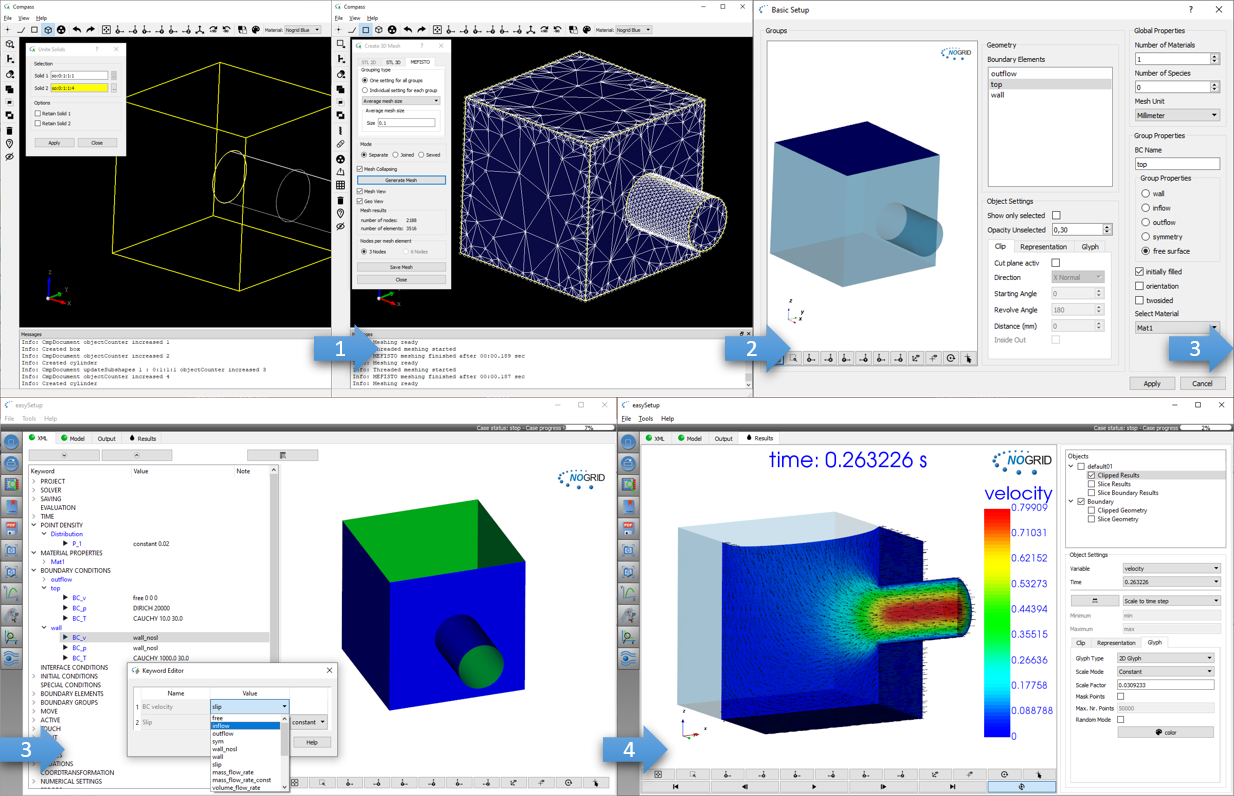
Einfache und schnelle Modellierung: Geometrie erzeugen und Ränder vernetzen, Fall aufsetzen und Simulation starten
Was kann die NOGRID Strömungssimulationssoftware für Sie tun?
Verlässliche industrielle Prozesse sprechen für sich und sind verantwortlich für den Erfolg eines Unternehmens. Für viele Prozesse spielt das Strömungsverhalten des Fluids eine wichtige Rolle für den Erfolg. Da industrielle Designs oft sehr komplex sind, gibt es verschiedene Faktoren, die in Fluidströmungs-Anwendungen wichtig sein können. Durch eine CFD-Simulation mit einer professionellen Software können Sie Ihre Prozessleistung simulieren und relevante Parameter berücksichtigen: Die Anwendung von NOGRIDs numerischer Strömungssimulationssoftware ermöglicht es Ihnen, die Fluidströmung, den Wärme- und Massenübergang sowie eventuell stattfindende chemische Reaktionen vorherzusagen, zu analysieren und zu kontrollieren und gibt Ihnen die Möglichkeit, Ihre Prozessleistung zu optimieren. Dadurch erhalten Sie eine Basis für bessere Design-Entscheidungen.
Die Strömungssimulationssoftware von NOGRID ist ein gitterfreies Tool mit erstaunlicher Flexibilität, Genauigkeit, Zuverlässigkeit und Robustheit. Die Software liefert qualitativ hochwertige Ergebnisse für ein weites Feld von Fluidströmungs-Anwendungen.
Warum sollten Sie sich für NOGRID Strömungssimulationssoftware entscheiden?
Zusätzlich zum Testen und Experimentieren hilft die NOGRID Strömungssimulationssoftware, die Bewertung Ihres Designs zu verbessern und den Erfolg Ihres industriellen Prozesses zu steigern. Zu lernen, wie sich die Fluidströmung verhalten wird und wie sicher industrielle Prozesse oder Prozessschritte funktionieren, lässt Ihr Wissen von Simulation zu Simulation wachsen. Sie bekommen ein besseres Verständnis für Ihre Prozesse, was wiederum zu enormen Einsparungen von Herstellungskosten und - zeit und gleichzeitig zu einem Endprodukt von hoher Qualität führt. Durch Simulation erhalten Sie bessere Konstruktions- und Betriebsparameter, steigende Planungssicherheit und Sie sparen Zeit und Geld dadurch, dass Sie Ihr Produkt schneller auf den Markt bringen können.
Training
In unserem zwei-Tage Trainingskurs werden Sie lernen, wie man die NOGRID CFD/CAE Software effizient einsetzt. Unser technischer Support hat Erfahrungen in vielen Disziplinen und kann Ihnen zeigen, wie man schwierige Fälle bewertet, behandelt und löst.
Für mehr Details bitte hier weiterlesen: Trainingskurse →
Technischer Support
Wir bieten den kompletten technischen Software Support an. Von der ersten Minute an, ab der Sie die Software nutzen, können Sie uns über Telefon oder E-Mail erreichen. Schreiben Sie uns, wir sind Ihnen gerne behilflich.
Für mehr Details bitte hier weiterlesen: Software Support →
Service
Oft sind Zeit und Ressourcen knapp bemessen, so dass die Vergabe von Simulationsaufgaben eine attraktive Möglichkeit sein kann, um schnell und kostengünstig anstehende Aufgaben zu bearbeiten. Basierend auf unserem Know-how können wir eine Fülle von Serviceleistungen auf dem Gebiet der Simulation von Strömungen anbieten.
Wir modellieren und entwickeln für Sie. Sie brauchen hierfür keine NOGRID-Software Lizenz zu kaufen. Wir bieten Ihnen einen individuellen Berechnungsservice für Ihre Verfahren und Prozesse an, der genau auf Ihre Wünsche zugeschnitten ist.
Für mehr Details bitte hier weiterlesen: Simulation Services →
